This free VST plugins roundup features a rare piano emulation, a unique tonal shaper, a midi randomizer, a distortion effect, and a virtual analog synth.
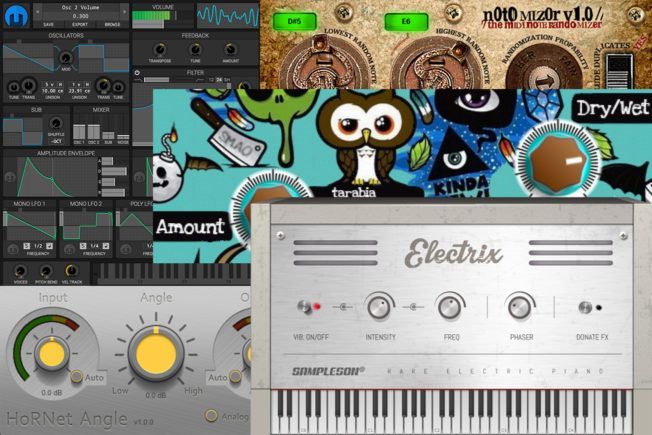
Free VST Plugins
Each month we search the web for some of the music industry’s most essential freeware instrument and effect plugins. This list of free VST plugin downloads offers five modern tools for your arsenal. No need to spend a dime or waste time trawling the internet.
1. Tarabia Distortion | Distortion Effect

Tarabia Distortion is a free distortion plugin. It has two flavors: Tarabia formula (hard distortion), and Yamaha 80’s synth (soft distortion). It works great at adding character, body, and grit. Try it on Kicks, Snares, or Bass!
2. Electrix EP | Rare Electric Piano
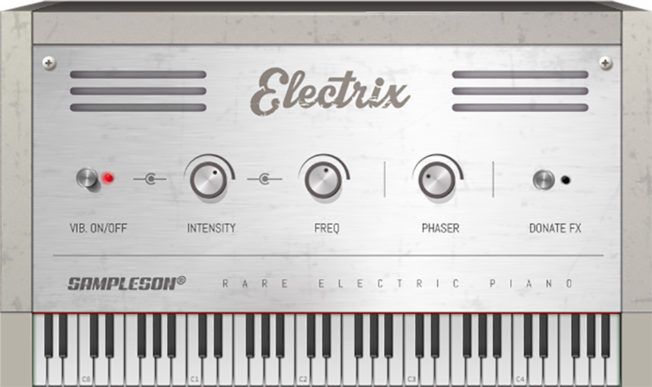
Electrix EP is a recreation of the rare and famous Hohner Electra Piano T used by Led Zeppelin in “Stairway to Heaven.” This iconic 70’s piano has a sound between a Rhodes and a Wurlitzer. It delivers a nice vintage dirty vibe that sounds great. Try layering it with other instruments to create a fuller sound with character!
3. n0t0miz0r | Randomiser Effect
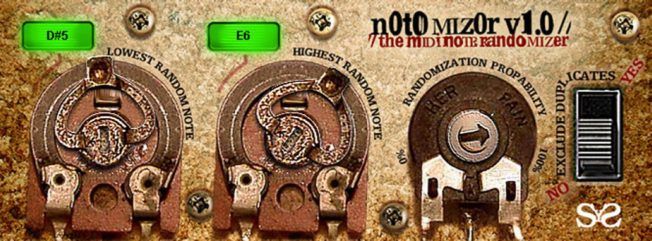
N0t0miz0r is a free randomizer plugin that generates randomized midi notes. It’s an excellent tool for creating ideas on the fly. It’s also a nice alternative if you do not have a sequencer. However, it’s only available for Windows PC.
4. Helm | Virtual Analog Synthesizer
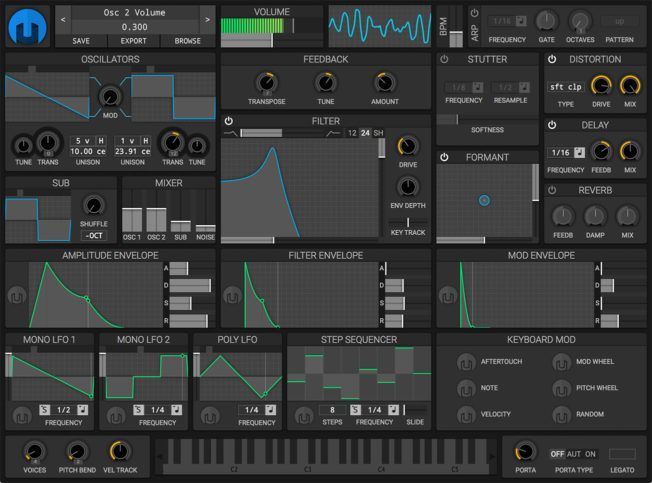
Helm is a fully loaded polyphonic synthesizer. It features dual oscillators, 12 waveforms, 7 filter types, several modulation sources, and more. It also sports a step sequencer, an arpeggiator, and a host of effects. This synth packs a lot for a freeware instrument!
5. HoRNet Angle | Tone Shaper Tool
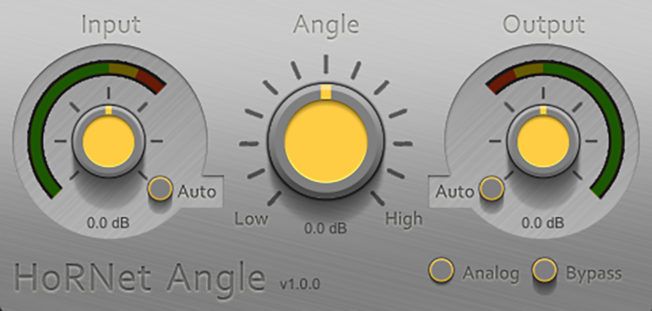
HoRNet Angle is a free tonal shaping tool based on the “Tilt EQ” concept. This special kind of equalizer is designed for gental tonal shaping. The plugin also features an analog amp emulation that adds harmonics, auto gain, and peak meters.
A “Tilt EQ” does not provide frequency or Q control. It increases or decreases high and low frequencies around a fixed point. This simple action allows you to apply gentle tonal shaping with little effort. It works great at correcting the frequency balance of a mix.

Turn your passion for music into a Profession: Learn more about our Music School Programs!
MORE ARTICLES FROM THE ICON BLOG

FIND YOUR SOUND, HONE YOUR CRAFT:
Are you ready to turn music into a career? ICON prepares students to become music producers, composers, performers, recording artists, professional DJs, and entrepreneurs in the entertainment industry. Click below to get information about our award-winning programs:

